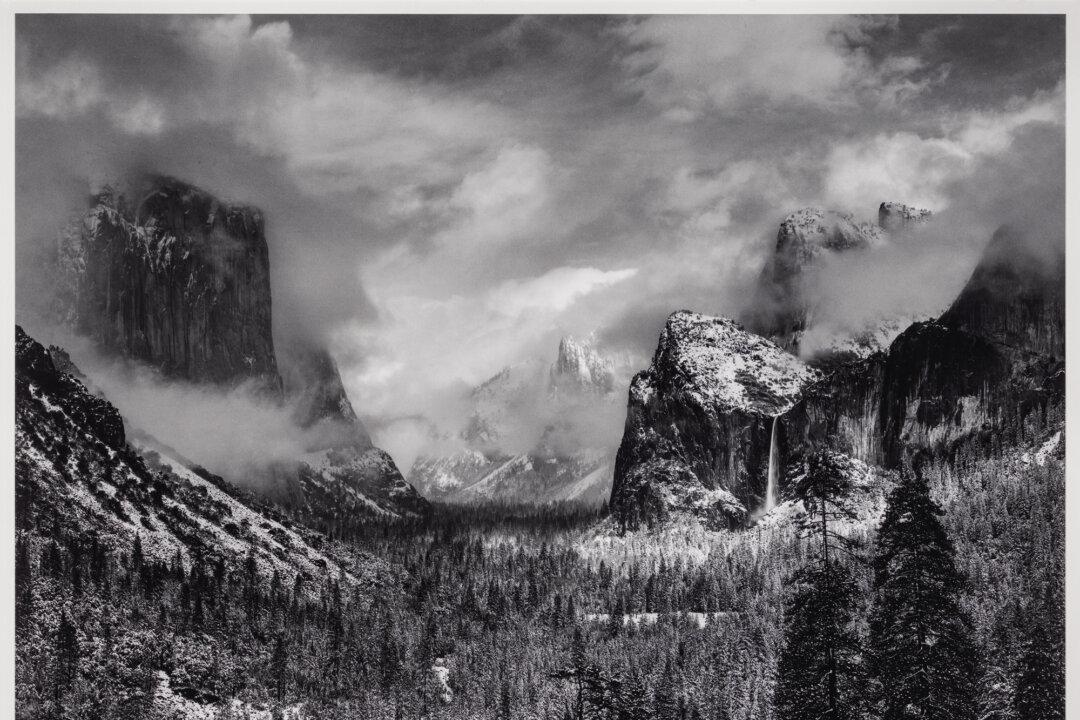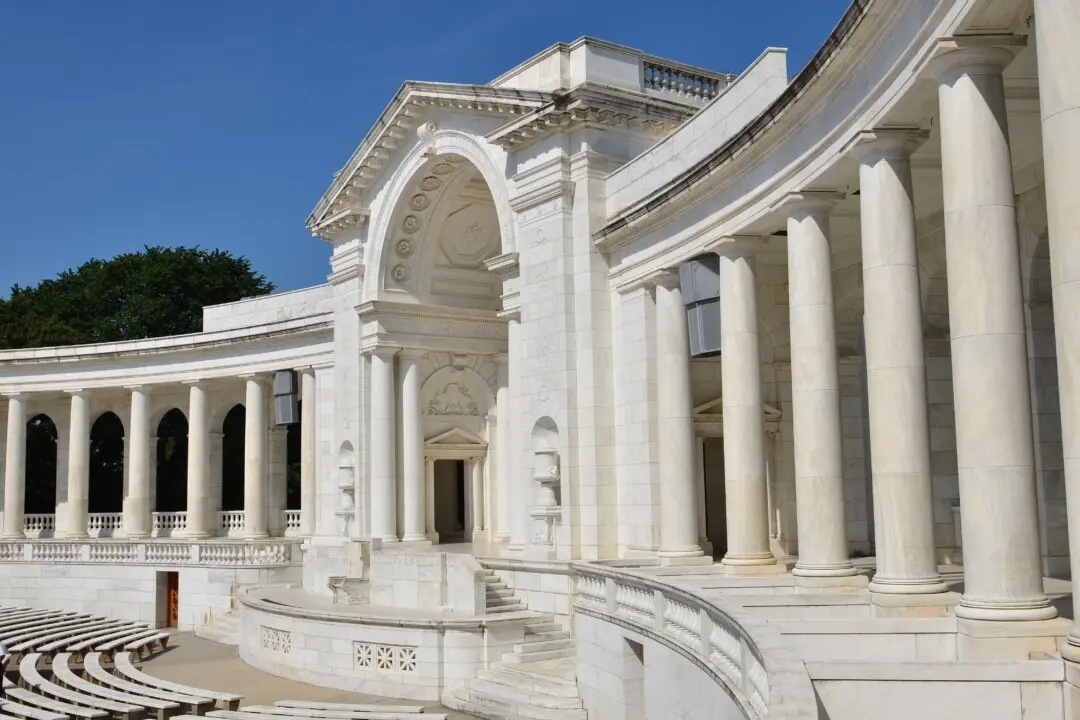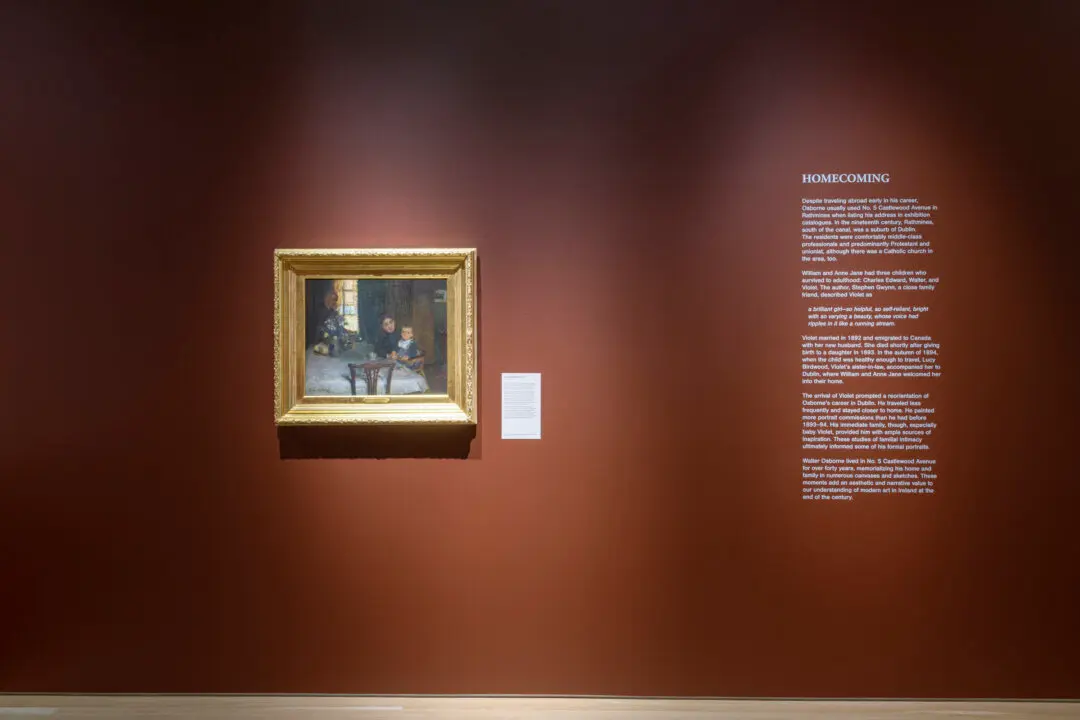Ansel Adams captured the American landscape like no other photographer before him. He owed much of his success to his beloved Yosemite National Park—where he snapped photos with his first camera, honed his observational and photography skills, and where his family scattered his ashes.
At 14 years old, Adams (1902–1984) first traveled to Yosemite with his family for a trip that forever changed him. “The splendor of Yosemite burst upon us and it was glorious,” he wrote of the trip. He saw light everywhere. “One wonder after another descended upon us.” On that trip, his father gave him his first camera—an Eastman Kodak Brownie box camera—and through that lens, he framed and shot his first photographs of Yosemite.






